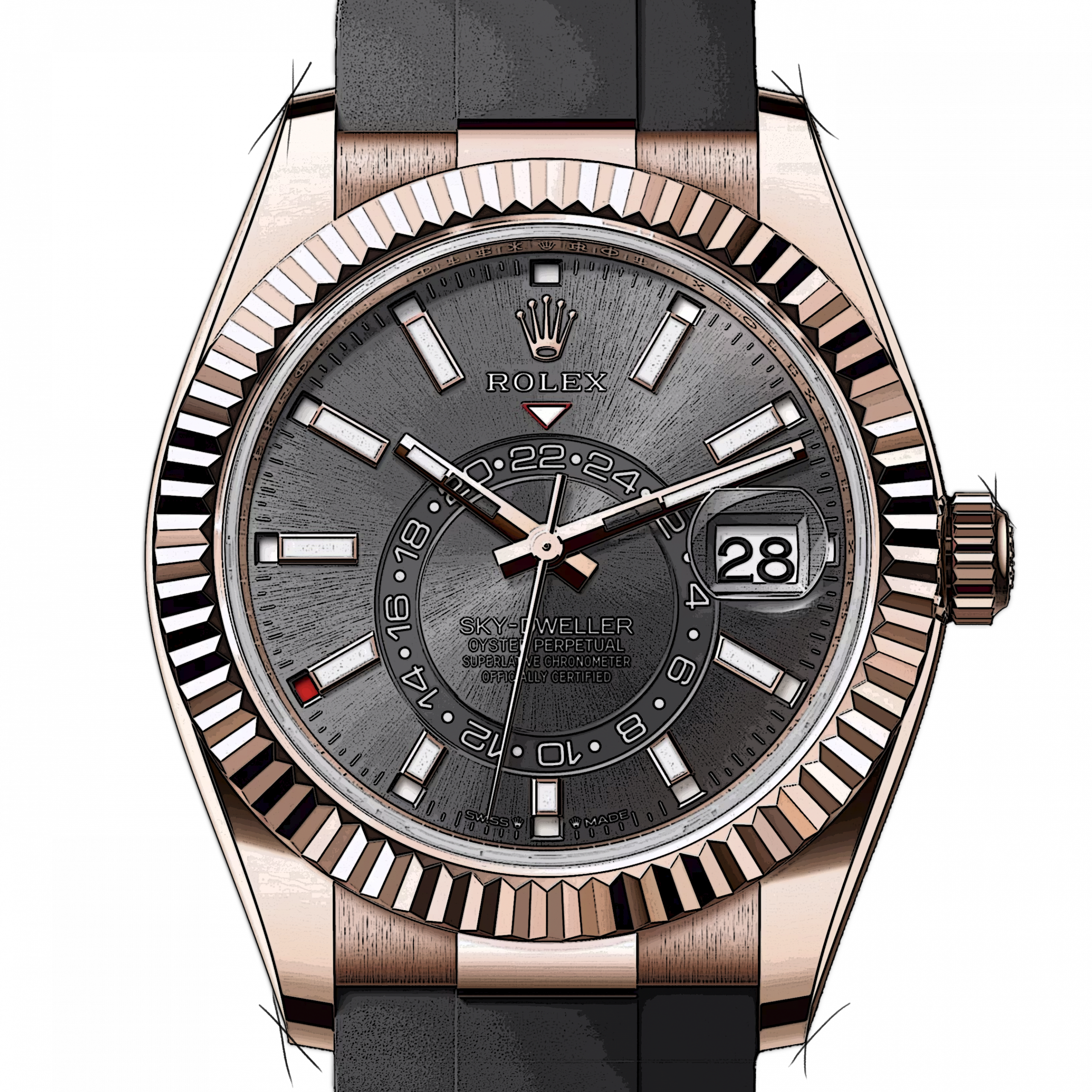The Recent Rolex Price Crash: What You Need to Know

Introduction
The luxury watch market has been experiencing significant turbulence in recent months, particularly concerning the iconic Rolex brand. Known for its timeless style and resale value, the sudden crash in prices has raised eyebrows among collectors and investors alike. Understanding the reasons behind this shift is crucial for enthusiasts and potential buyers who may be looking to invest in Rolex watches.
The Rolex Price Crash: Overview
Recent reports have indicated a dramatic drop in the resale prices of certain Rolex models, with reductions of up to 30% compared to their peak values in 2022. This decline has been attributed to several factors, including the broad economic landscape, changing consumer preferences, and fluctuating demand within the luxury watch market.
Economic Factors
Global economic uncertainty has played a pivotal role in the price crash. As inflation rates rise and stock markets become volatile, luxury items are often the first to see a decline in demand. High interest rates and reduced disposable income for many consumers have resulted in fewer buyers willing to invest in premium timepieces, especially at inflated prices.
Market Dynamics
The luxury watch market was significantly impacted during the COVID-19 pandemic, where production constraints caused scarcity, pushing prices upwards. As production has since normalised, an influx of available Rolex models has shifted the supply-demand curve, resulting in oversupply and subsequent price declines. Additionally, the resale market saw speculative buying during the pandemic, which created a bubble that has now burst.
Changing Consumer Preferences
Consumer behaviour is evolving, with younger consumers focusing on sustainability and experience rather than luxury items. This shift has meant that traditional brands like Rolex, which once appealed largely to older generations, must adapt to retain their market share.
Market Outlook
Looking ahead, experts suggest that the Rolex market may stabilise as both collectors and investors adjust to the new price landscape. Certain models of Rolex, such as the Daytona and Submariner, may retain their value comparably well due to continued popularity among enthusiasts. However, it is unlikely that the high prices experienced during the pandemic will return in the short term.
Conclusion
The Rolex price crash serves as a reminder of the volatile nature of the luxury market. For potential buyers, this could represent a more opportune time to invest in a renowned timepiece; however, it is essential to conduct thorough research and understand the underlying market trends. As the luxury watch landscape continues to evolve, monitoring these shifts can help consumers make informed decisions.
